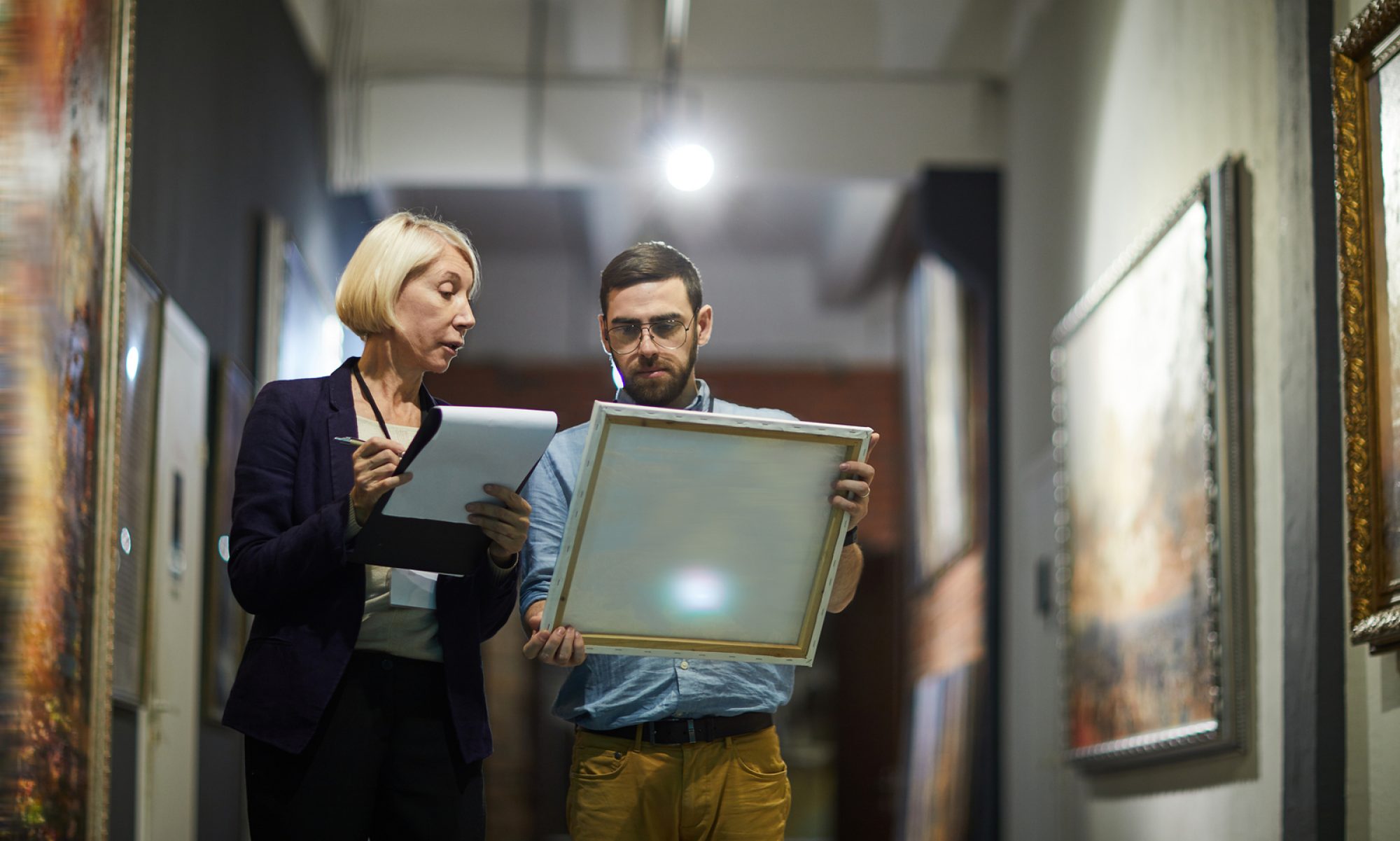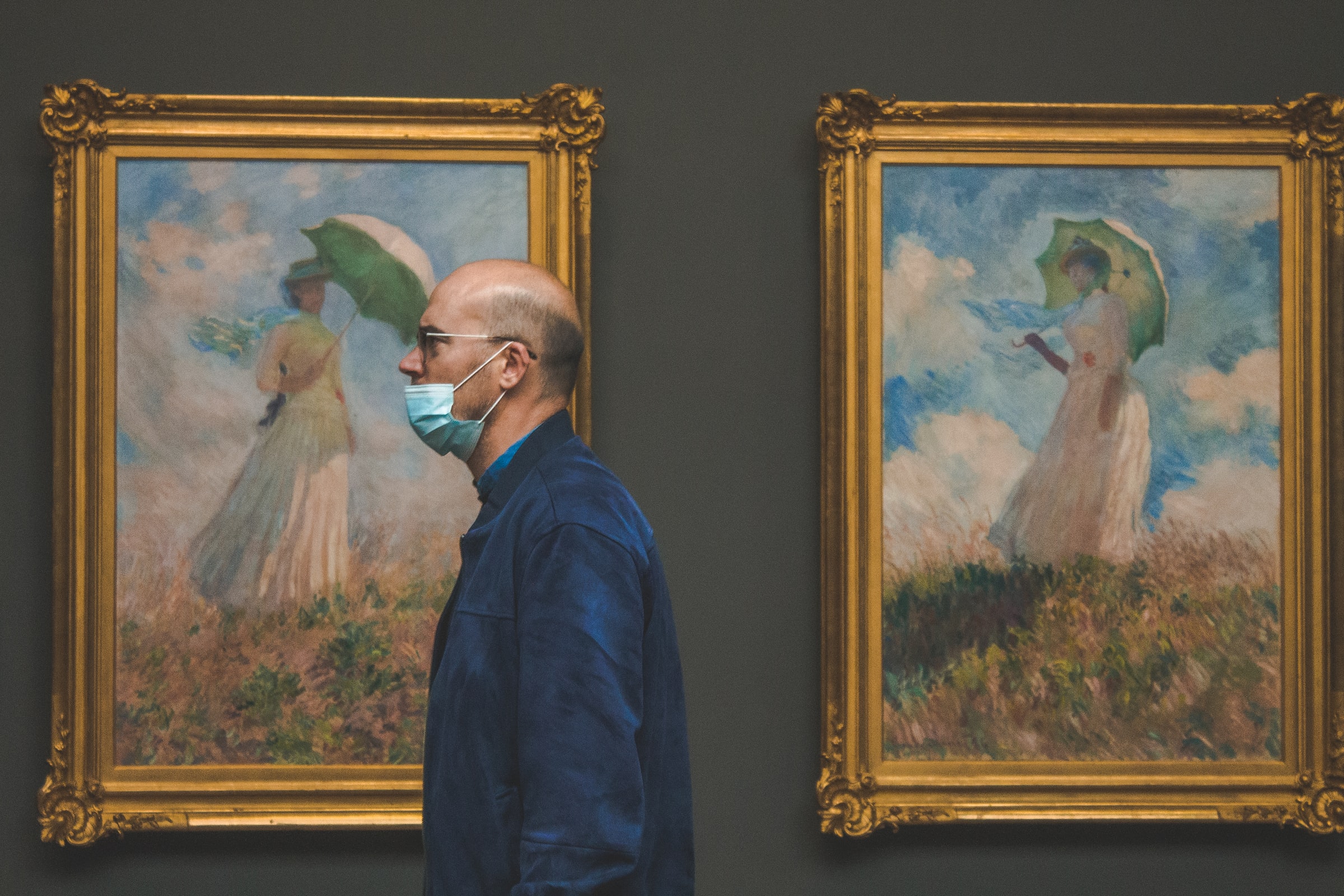According to the Fine Art Expert Institute, up to 50 percent of all artworks on the market are either forged or misattributed. This shocking statistic basically means that the chance that you can encounter a phony painting is tremendously high. It’s even hard to imagine how many people become victims of shady dealers who sell them fake art. While the whole situation is definitely a central problem for every single collector, there is an even more serious global influence that the fake oil paintings production invokes. It is too elusive to put under the microscope, and still, we can distinguish the hidden dangers that are lurking in the shadow of the industry.
How does fake oil paintings production influence the market and culture?
The reason behind art forgery is very prosaic – money. Impressed by the mouth-watering prices of pieces hammered at auctions for millions of dollars, they try to reproduce some of the works by famous artists. Then, they need to sell fake oil paintings to those who are too malleable to believe that they deal with honest collectors. At the same time, the problem doesn’t concern popular art and renowned artists only. Nowadays, the issue is especially palpable in the aboriginal art market. The scheme is designed for tourists who want to buy some original items and antiques. However, what they purchase most of the time is just a replica.
Art piracy has a severe negative impact on the market and culture. With so many fake oil paintings and prints online, honest sellers and collectors are literally left transparent. Accordingly, it breaks the fundamental fair-trade standards. Furthermore, the concept of forgeries kills the main value of the original items – their uniqueness and unparalleled nature. As a result, people themselves start devaluing fine art and its significance. In terms of aboriginal art, it’s also blatant exploitation and misuse of Indigenous culture by people who have nothing to do with it. What is even direr is that the market of fake oil paintings and prints is getting even bigger, with many scoundrels pretending to be the owners of authentic artworks that they surprisingly found in the attic.
Are there effective ways to stop it?
There are two methods of dealing with the problem efficiently – and they are both hard to achieve in the short-term period. First, people who plan to buy art should educate themselves to learn how to spot a fake painting or find those who can do it for them. Once casual buyers take responsibility for their actions and understand how they may be part of the problem, there will be fewer of those who want to invest in fake art. The second option revolves around the government and its regulation. Even though this variant seems achievable, it’s pretty unrealistic at the same time, considering how irregulated and untransparent the art market is today.

